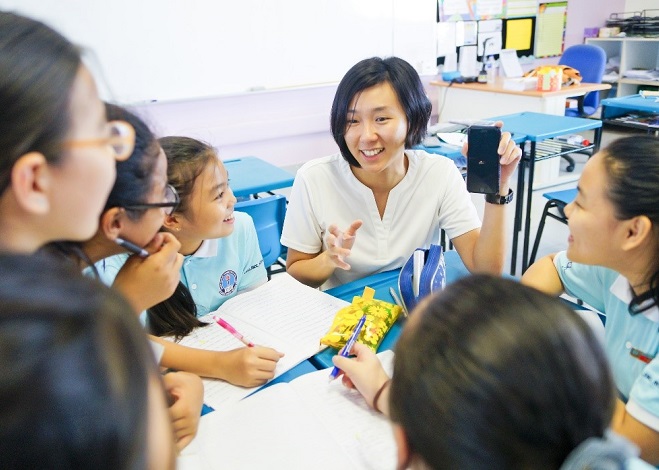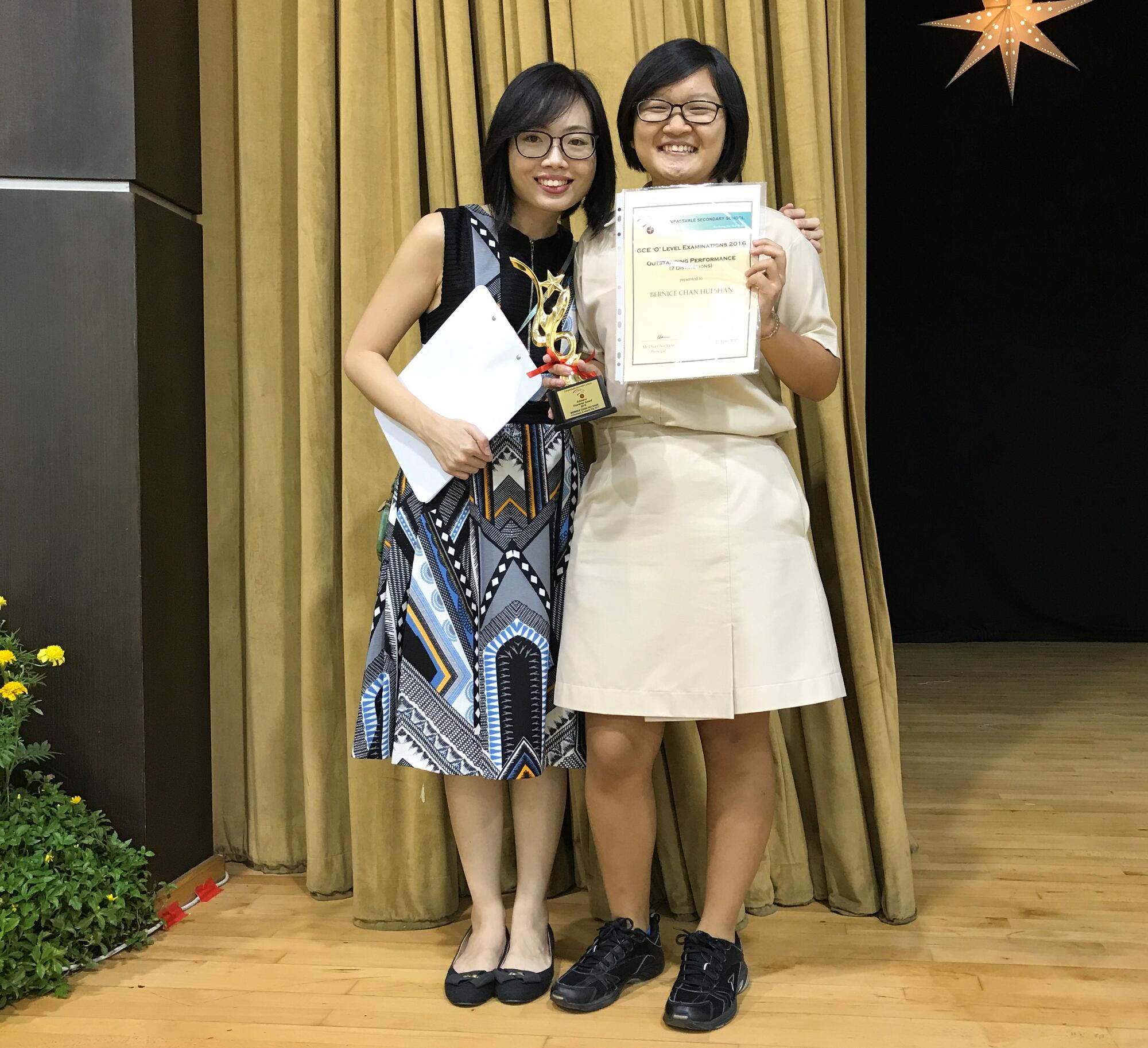In an effort to know my Primary 6 students better, I played a game of “Never have I ever” with them during a Form Teachers’ Guidance Period (FTGP). I got them to close their eyes as I read out statements such as, “Never have I ever been on an aeroplane.” Those who had been on one were to stand up and everyone would open their eyes and look around.
I began with simple sentences like “Never have I ever been to Jurong Bird Park,” and “Never have I ever been on a rollercoaster,” before moving on to more serious topics. Finally, at the end of the lesson, I said, “Never have I ever been called stupid.” Everyone stood up.
Conversations that Build Rapport
“Look around you,” I told my students, “Some of us have received unpleasant remarks at times and have felt pain before. I want you to know that you are not alone in your struggles.” Looking into their eyes, I detected a glimmer of hope. Some of them desperately needed to hear this message.
Throughout the session, I was amazed by my students’ willingness to share, and humbled by the trust they had in me as they stood in response to phrases like “bullied someone” or “smoked a cigarette”. After each round, there was a tangible sense of relief. I made a mental note to have a follow-up lesson on managing emotions and stress.
Later on, a colleague told me that I was very brave to have initiated such conversations in class. Was I not afraid of opening up the proverbial Pandora’s Box? What if I did not know what to say in response to the secrets that were being revealed?
While such thoughts had occurred to me as I was planning the lesson, my main objective was to let my students know that they could talk about their struggles without fearing condemnation.
Learning, I believe, can only take place when strong, positive teacher-student relationships have been established. Hence, even as I learn more about my students, I also let them learn about me through the personal stories I share during my English lessons.
On one level, I use my storytelling to teach my students about characterisation, use of details and word choice. But I do it first and foremost to engage them emotionally. The poet Maya Angelou once said, “I’ve learned that people will forget what you said, people will forget what you did, but people will never forget how you made them feel.” So I intentionally choose uplifting stories with moral lessons to share with my students.
Often, my students ask me, “Did it really happen to you?” Even though they may not understand all the words I use, they can relate to me as a person when I talk about my life experiences. And once that emotional connection is formed, they are so much more engaged during lessons!
Being an Inspiration
One of my most successful breakthroughs happened when I told my first batch of graduating students about my own struggles while in Primary 6. That year, my mother passed away after an intense battle with cancer. My father was frequently away on business trips, and I felt as if I had to grow up overnight and assume responsibility for the entire family. I had never been particularly bright or independent, and things were looking bleak for me with the Primary School Leaving Examinations looming ahead.
During that incredibly difficult time, there was a bright spot in my life – my teacher, Ms Choa. She reached out to me during recess, showing her concern and making sure that I was alright.
I told my class, “I know some of you may be facing very real problems at home. Perhaps you feel that life has been very unkind to you. But remember, a kite rises not with, but against the wind. I am here for you, to support you and to take this journey with you.”
During that lesson, I noticed that Clarice*, who was usually quite disengaged in class, was giving me her fullest attention and thereafter, I witnessed a remarkable change in her behaviour and attitude. She became one of my best students and went on to do well for her PSLE.
I later found out that she had been dealing with the fallout from her parents’ bitter divorce, and felt encouraged by my story. She wrote me a card that said, “Dear Ms Han, your advice really opened up my eyes… Thank you for being more than a teacher, a friend, a guide and an inspiration. You have helped me find myself.” I framed her card and kept it on my table as a reminder to myself to always teach children, not content.
These days, I use personal stories as writing assignments in class. Instead of having my students write one composition after another, I tell them they are all authors and will be writing their own book throughout the course of the year.
We have jointly decided on 10 chapter titles, and these become their assignments over the year. Letting students come up with their assignments motivates them to write, and they are delighted whenever I read their stories aloud. More importantly, these stories allow me to enter their worlds and be a voice of influence in their lives.
My students also keep a journal in which they do continuous writing for 10 to 15 minutes each time, on any topic of their choice. Through the entries, I learn about their family situations, friendship issues, fears and worries, and I respond with words of encouragement and advice.
At the core of teaching are the human connections that teachers have with their students. I am where I am today because 20 years ago, Ms Choa took the effort to connect with me. She led me from where I was, to where I could be. I now endeavour to replicate this with my students.
These days, whenever I am asked, “What do you teach?” I simply answer, “Students. I teach students.”




.jpg)

